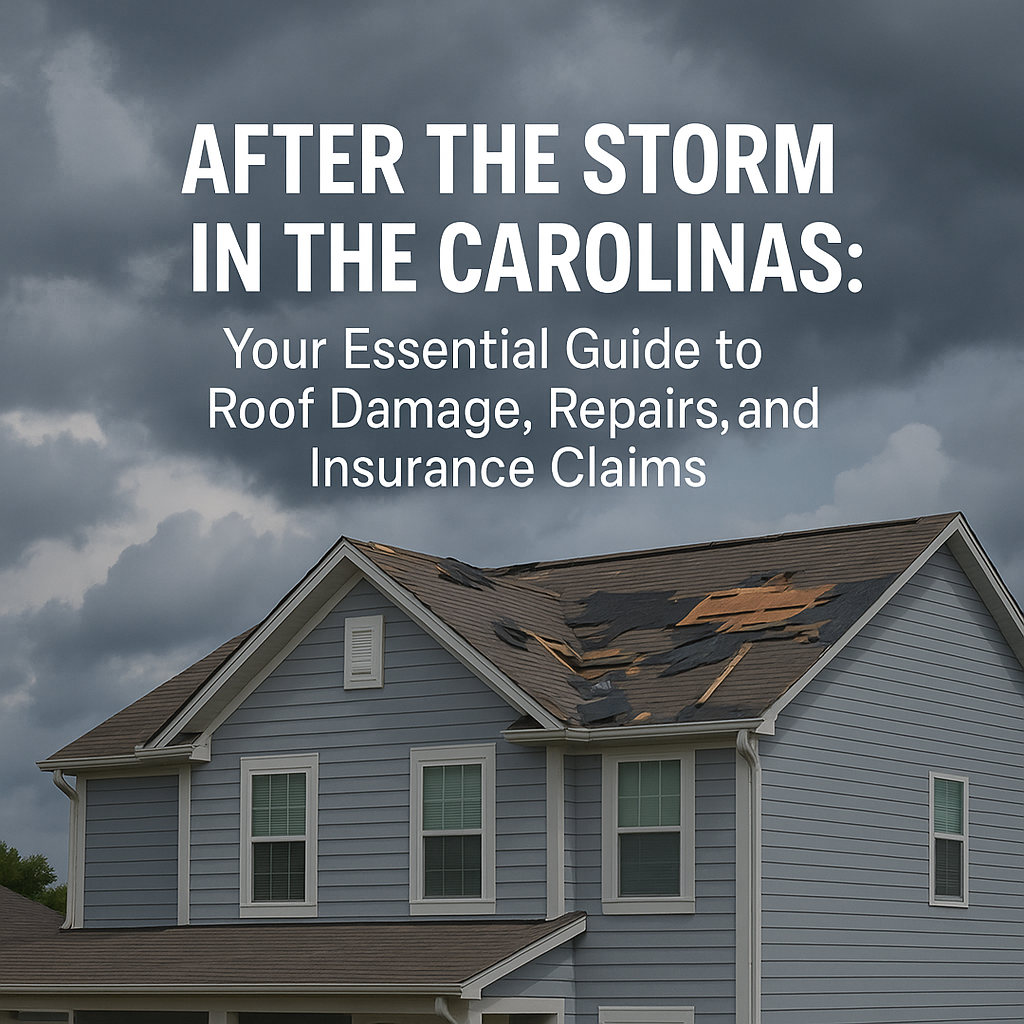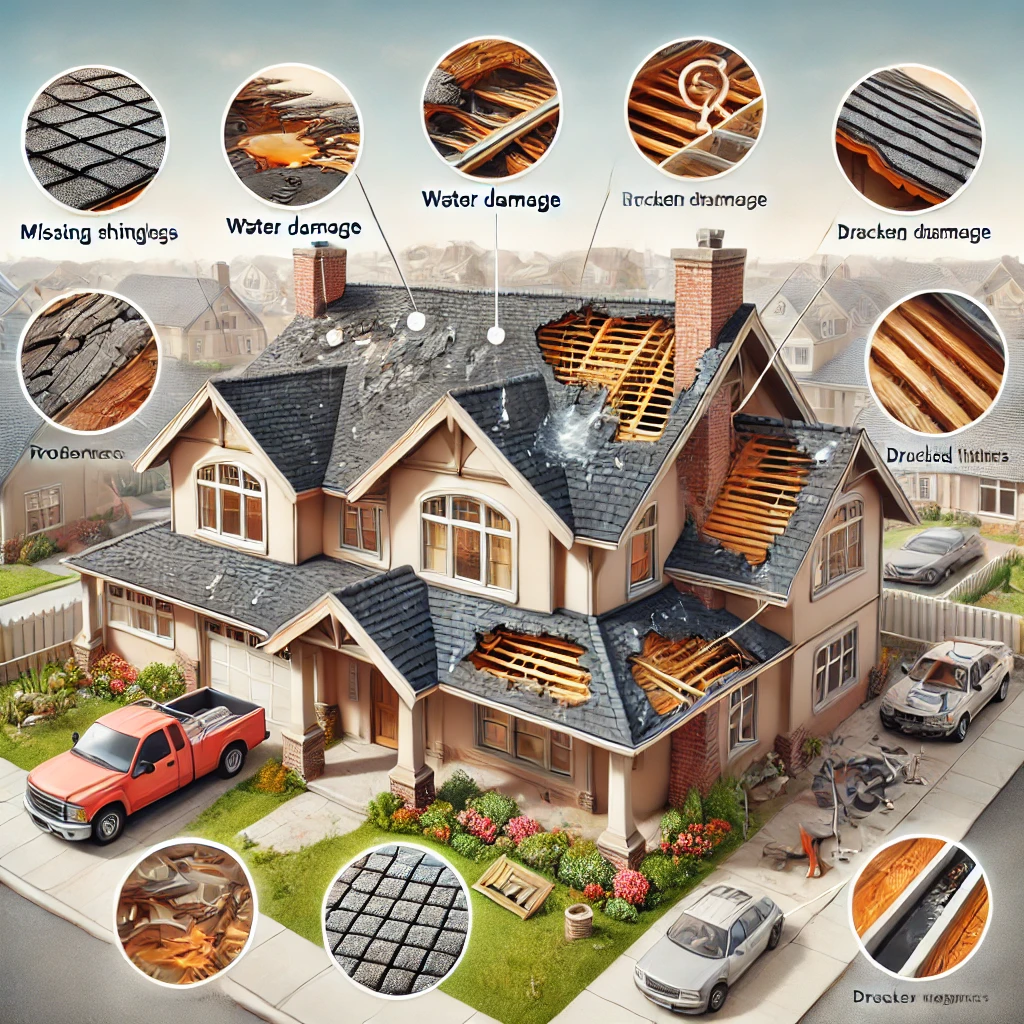If you’re reading this, there’s a good chance your home has just weathered one of the powerful storms that often sweep through the Carolinas. Whether it was the forceful winds of a coastal hurricane, a fierce thunderstorm, or a surprise hail event, the aftermath can leave you feeling overwhelmed—especially when your roof is involved. As a roofing expert serving North and South Carolina for years, I understand the worry that follows storm damage. Your roof isn’t just another part of the house—it’s what protects your family, your memories, and everything under it.
In our region, it’s not uncommon for storms to leave behind cracked shingles, missing flashing, dented metal, and fallen tree limbs. But what do you do next? This guide will walk you through the most important steps to take after storm damage—from identifying hidden roof issues and understanding repair costs to navigating insurance claims and finding reliable local contractors. Acting quickly is important, but doing so with a clear plan will help prevent further damage and unnecessary stress.
Spotting the Hidden Enemy: Key Signs of Storm Damage on Your Roof in the Carolinas
After a storm has passed, one of the most critical steps you can take is a careful inspection—from the ground. Storm damage isn’t always obvious, and the Carolinas are known for weather patterns that create unique threats to our roofs.
In the aftermath of high winds or hail, shingles may be missing, lifted, or appear curled at the edges. Sometimes you’ll notice a buildup of shingle granules at the base of your downspouts or scattered across your driveway—this could mean the protective surface of your shingles has worn away. On metal or asphalt roofs, subtle dings or dents may be visible, a common sign of hail damage.
Don’t overlook your chimney or the metal flashing around roof penetrations like vents and skylights. If those have shifted or pulled away, water could easily find its way in. Water stains on your ceiling or damp attic insulation can also point to roof leaks that demand immediate attention. While ice dams are rare in most of the Carolinas, homes in the western mountain regions may still be at risk during colder months.
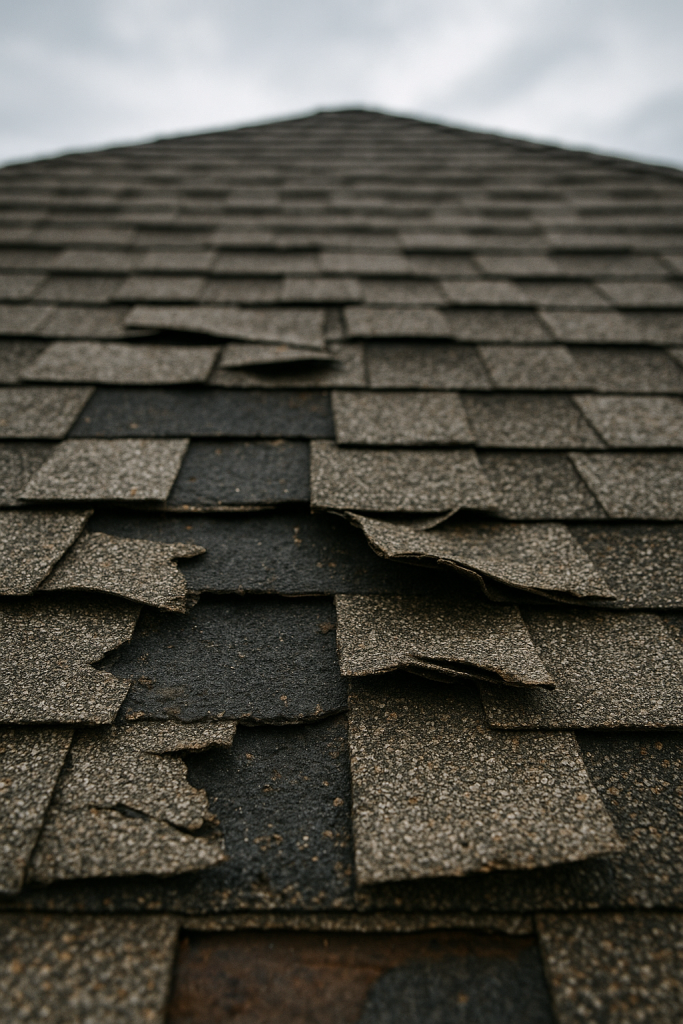
First Steps to Take: Protecting Your Home After Roof Damage in North and South Carolina
Once the skies have cleared, your safety should remain the top priority. Avoid climbing on the roof—especially if you suspect structural damage. Fallen branches, slippery surfaces, and loose materials can all pose serious risks.
If it’s safe, begin documenting the visible damage with your phone or camera. Take wide shots of the roof and close-ups of specific issues, such as exposed underlayment or broken shingles. This evidence will be invaluable when you file your insurance claim.
You might also consider applying a tarp over the affected areas—again, only if it can be done safely. In our humid, rain-prone region, water intrusion can quickly lead to mold or rot. Don’t worry if you can’t cover everything perfectly; the goal is to reduce additional damage until a professional can assess the situation.
During this time, it’s easy to feel overwhelmed. Take a deep breath, gather the facts, and work through the process step-by-step. Acting with intention now will make the rest of the repair and claim process much smoother.
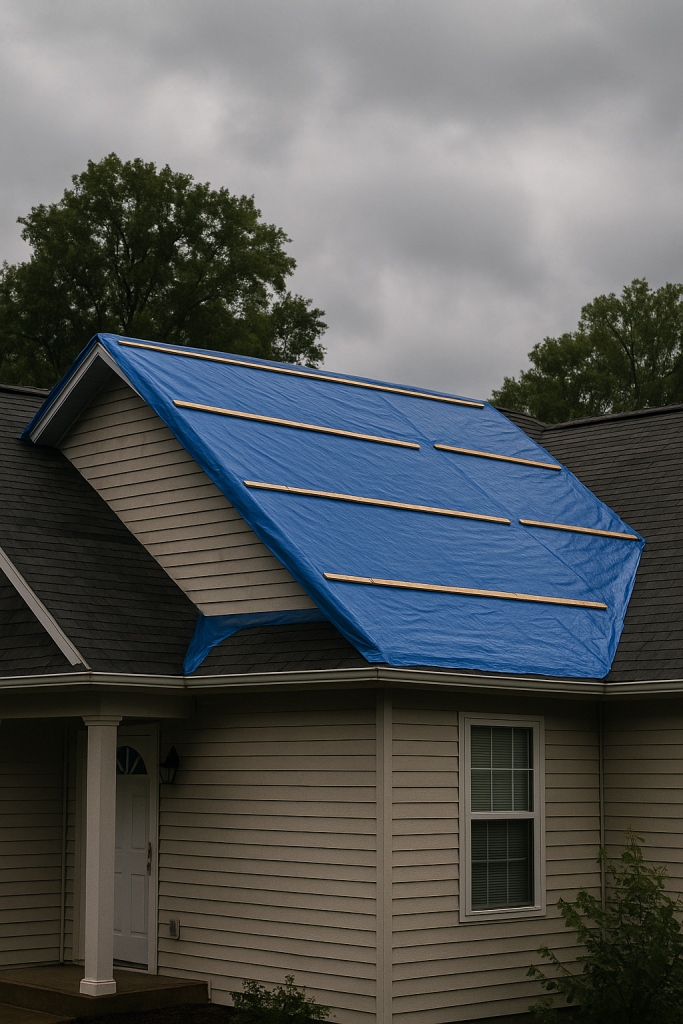
Navigating the Financial Maze: Roof Repair Costs and Insurance Claims in North and South Carolina
Understanding your insurance coverage is one of the most important—yet often confusing—parts of the storm recovery process. Many homeowners don’t realize how different policies can significantly affect their out-of-pocket expenses.
Most insurance policies fall under one of two categories: Actual Cash Value (ACV) or Replacement Cost Value (RCV). An ACV policy takes depreciation into account, meaning your payout may be lower based on the age of your roof. In contrast, RCV policies typically cover the full cost to replace the roof with similar materials, minus your deductible.
Speaking of deductibles, it’s vital to know what yours is and how it will apply to your claim. In storm-prone areas like the Carolinas, some policies may even have separate wind or hail deductibles.
When you’re ready to contact your insurance company, have your documentation ready. Be clear about the type of storm you experienced—hail, hurricane, wind—and how it impacted your property. Before agreeing to any settlement, consider having a qualified roofing professional perform a full inspection. Often, what looks like minor cosmetic damage can signal deeper issues that should be addressed.
Repair costs in the Carolinas can vary depending on materials used, the complexity of the damage, and even demand. After a major storm, many contractors get booked quickly, and prices can fluctuate.
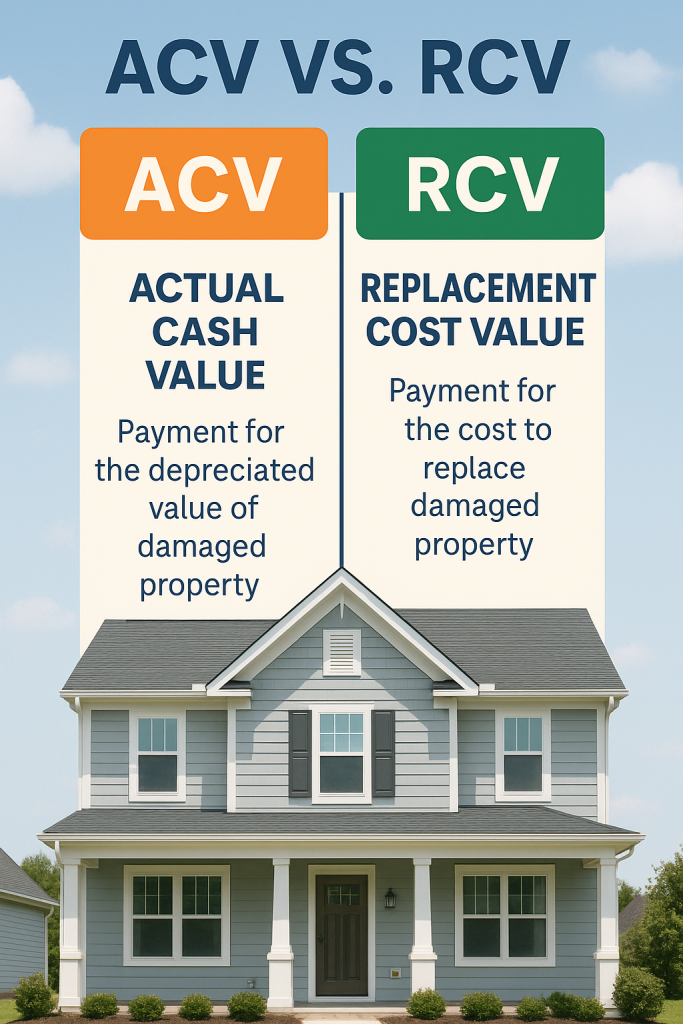
Choosing Wisely: Selecting a Reputable Roofing Contractor in North and South Carolina
The days following a storm often bring an influx of roofing contractors to neighborhoods across the Carolinas. Some are reliable local professionals. Others—commonly known as “storm chasers”—are out-of-state crews looking to make a quick buck. It’s critical to choose wisely.
Start by seeking out a roofer who is licensed, insured, and based in your state. These contractors are far more likely to understand local building codes, permitting processes, and regional weather patterns. Certifications from manufacturers like GAF (such as the Master Elite® designation) can also speak to the quality and reliability of their work.
It’s always smart to get estimates from more than one company. Ask about timelines, materials, warranties, and previous work. A trusted contractor will be happy to share customer reviews and explain their process in detail.
Also, pay attention to warranties—not just for materials, but workmanship as well. A good roofer will stand behind both the shingles and their installation, giving you peace of mind long after the repair is done.
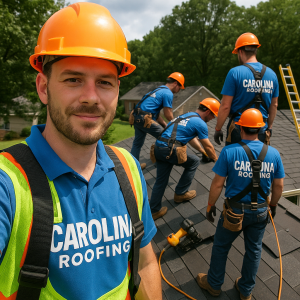
Staying Ahead of the Storm: Preventative Measures for Your Roof in North and South Carolina
While you can’t control the weather, you can certainly prepare for it. Regular maintenance and inspections are your best defense against costly storm repairs. In the Carolinas, where hurricane season can stretch from late spring into fall, an annual inspection before and after the season can make all the difference.
Keep your gutters clear of leaves and debris to prevent overflow, which can back up under shingles and lead to rot. If you have large trees near your home, trim any overhanging branches to reduce the risk of limbs crashing onto your roof during high winds.
Consider upgrading to impact-resistant shingles or fortified roofing systems. Brands like GAF offer products specifically designed to hold up in severe weather, which may even lower your insurance premiums.
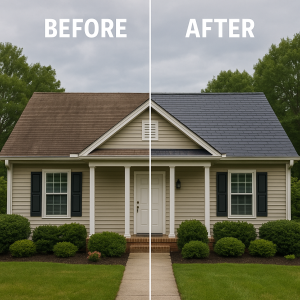
Conclusion
Storm damage can be a frightening experience, but you don’t have to face it alone or unprepared. If you’re in North or South Carolina, the key is to act quickly but thoughtfully—inspect your home, document the damage, understand your insurance policy, and hire a trusted local professional. With the right support and guidance, your home can be restored to even better condition than before.
Don’t wait for the next storm to take action. Schedule a professional roof inspection today and stay a step ahead of whatever Carolina weather throws your way.
